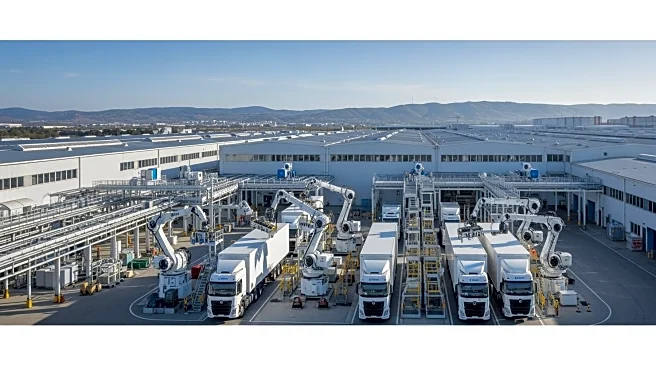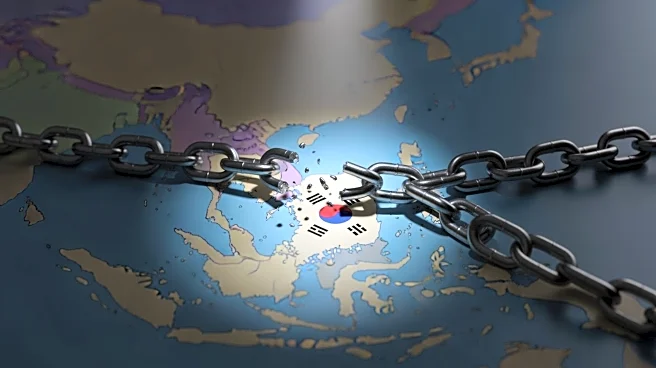What's Happening?
The global copper supply-demand balance is under strain as demand continues to rise due to its role in the energy transition and data centers. Copper is essential for renewable energy infrastructure, electrification, and electric vehicles, driving long-term
demand. However, recent disruptions, including accidents and production cuts, have highlighted the fragility of the supply chain. The UN warns that copper shortages could slow technological advancements, estimating that $250 billion in investment and 80 new mining projects are needed to meet demand. Without these investments, the industry faces long-term effects, including price volatility and delayed technology adoption.
Why It's Important?
Copper is a critical component in the energy transition, and its supply-demand imbalance poses challenges for industries reliant on the metal. The fragility of the supply chain, exacerbated by recent disruptions, could lead to greater price volatility and upward pressure on costs for renewable energy and digital infrastructure. Mining companies may find previously marginal projects economically viable due to higher prices, prompting diversification efforts. Policymakers and industry leaders must accelerate permitting and boost exploration to avoid bottlenecks that could impede decarbonization and technological progress.
What's Next?
To address the copper supply-demand imbalance, significant investment in new mining projects and exploration is required. Policymakers may need to streamline permitting processes and support recycling initiatives to enhance supply. Mining companies are likely to diversify their portfolios to capture opportunities in the copper market. As demand continues to rise, the industry must adapt to ensure a stable supply chain and avoid disruptions that could impact the energy transition and technological advancements.















